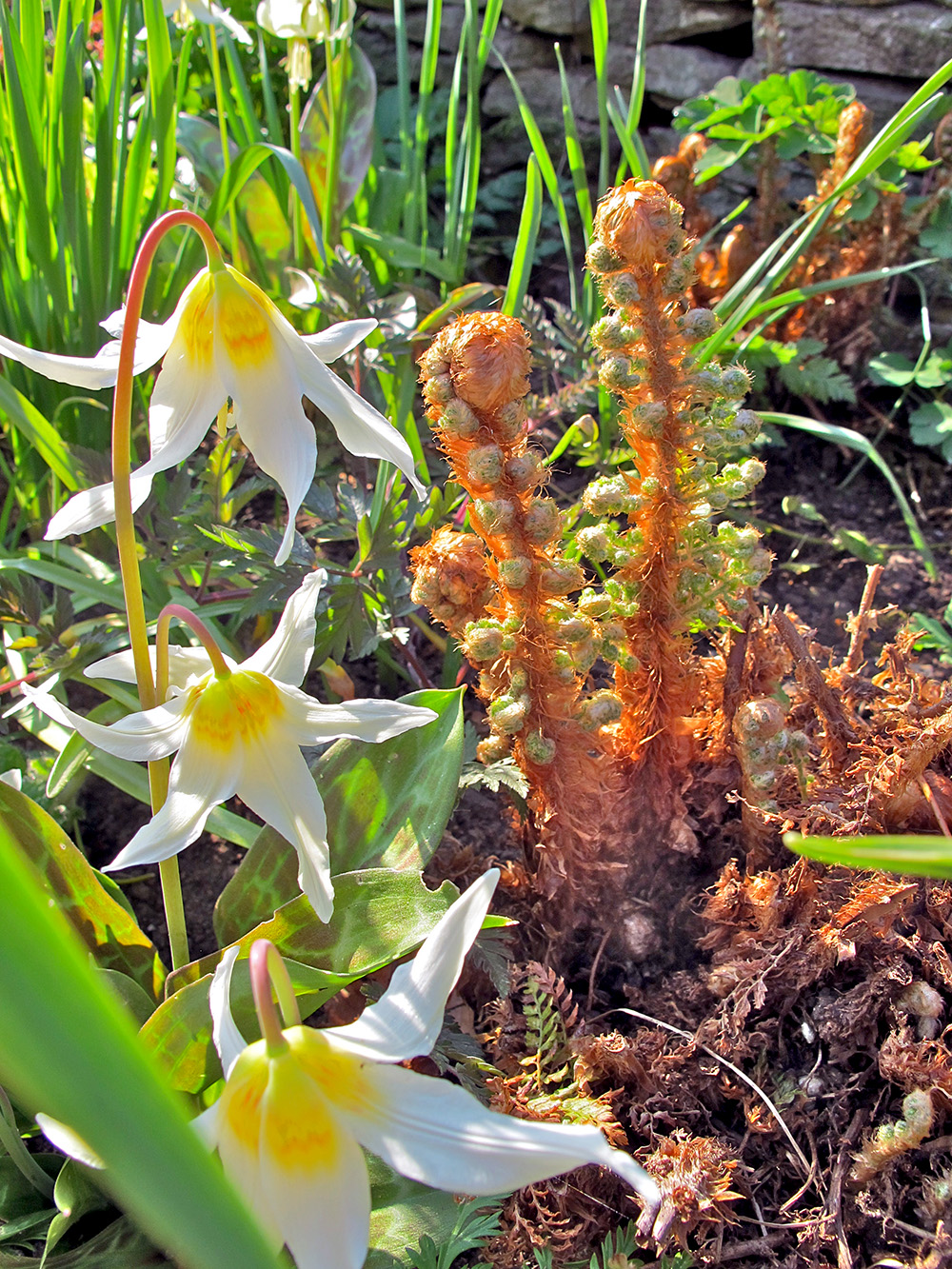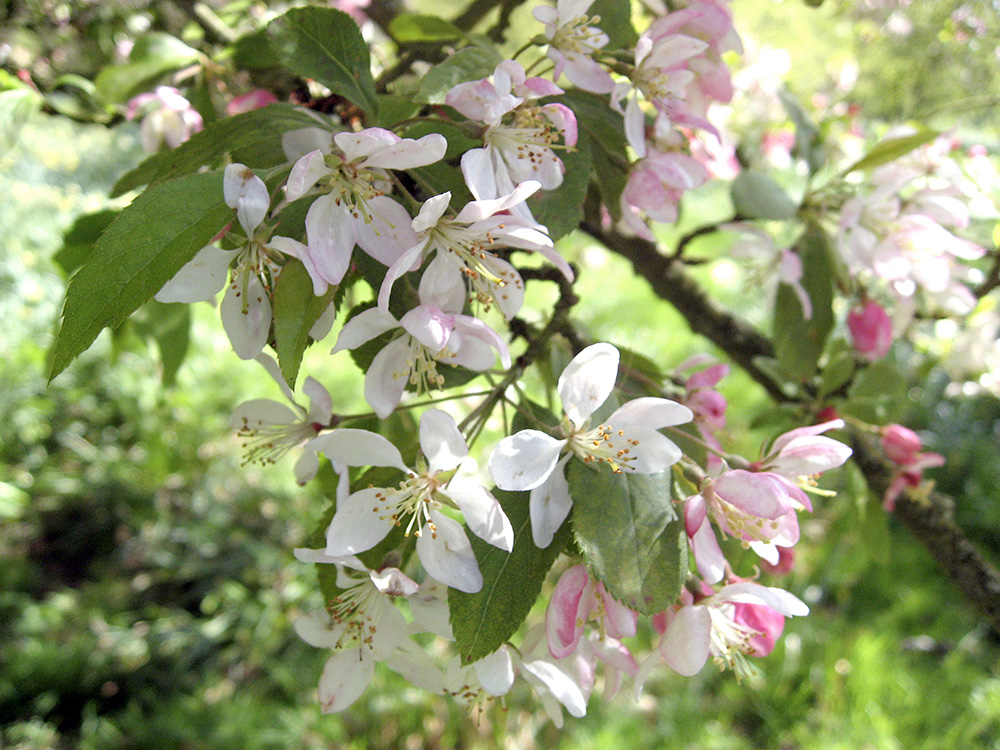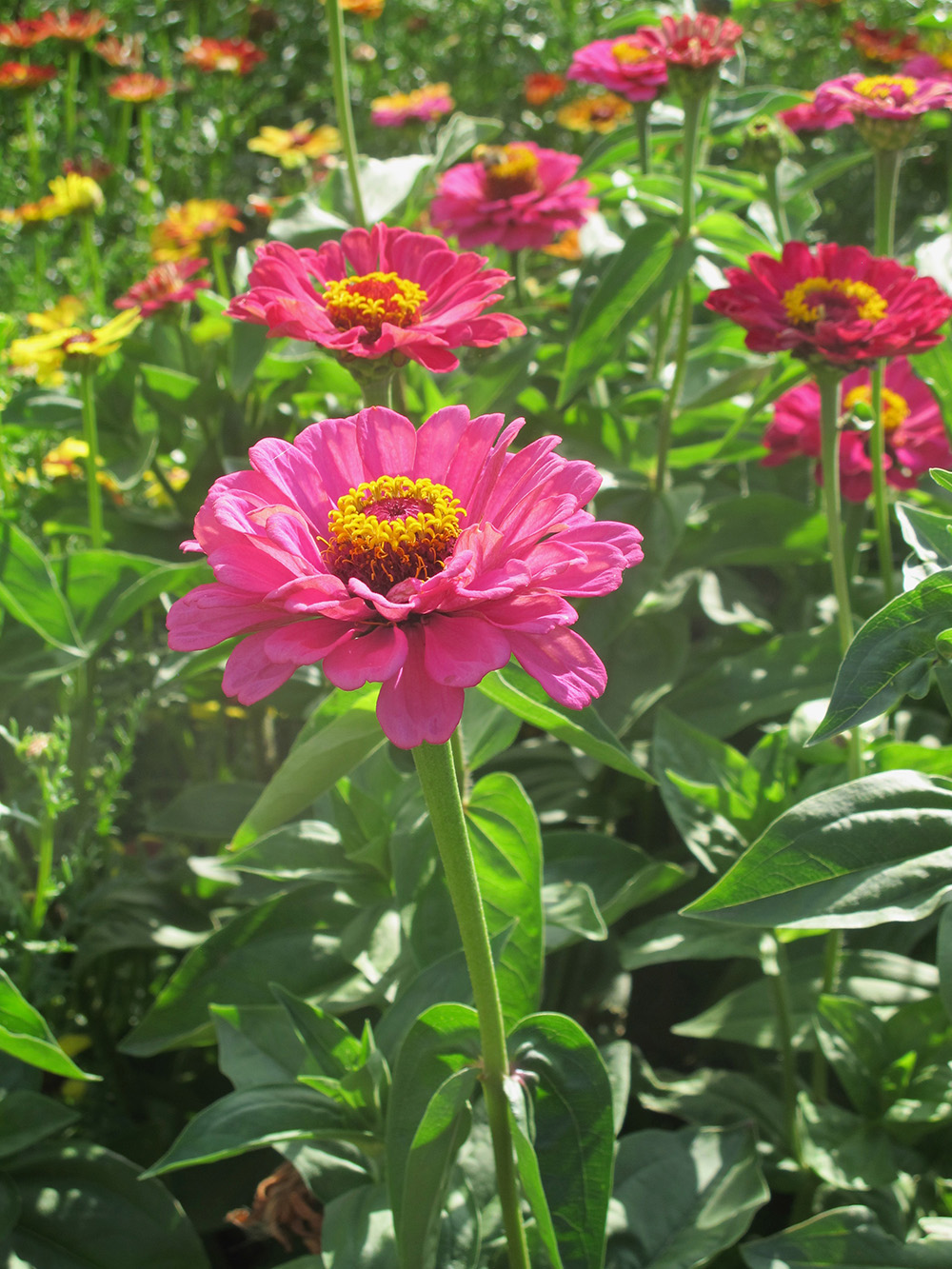It has been a glorious spring, with cloudless sunny day after sunny day. The lovely Tomasz Schafernaker, the BBC weatherman and self-taught artist, announced each sparkling day with a twinkle in his eye. Well, for the first two weeks anyway. And then he began to look a bit more apologetic, shifty even, about the lack of rainfall. I kept looking and checking, but the promised rain evaporated before my eyes as I scanned the meteorological websites.
Many people were in their element, but gloriously sunny days that rise to 20C, before plummeting back down to 0C, don’t make for good growing conditions. Plants hang back and wait for warmer nights, because they need ambient temperatures for 24 hours. Add in the zero rainfall and then they really begin to scowl and sulk, like a child denied sweets at the supermarket.

This year’s weather meant that daffodils came and went quickly. And they all flowered at once. Normally, with narcissi, the yellows come first and the paler ones follow on late April so you get a five-week-long display. Mine came and went in two weeks flat this year, frazzled by strong sunshine. The erythroniums have flowered, but the polystichum fronds that normally accompany them have hesitated, so I’ve missed out on one of my favourite combinations. Gingery fern fronds rising above the buttermilk-white pagodas of ‘White Beauty’. It’s just as though someone has crocheted their knotty bobbles, perhaps nature has lost the hook.
Thankfully, lots of spring-flowering trees have been loaded with flower. Several friends, even those who don’t garden, have commented on the magnificence of magnolias this year, although the petals have been very slippery according to some. In my own garden, my ‘Kursar’ cherry was the best it has ever been. It’s probably down to the amount of summer rainfall that fell during last summer.

My fruit trees flower in order every year. In mid-March (or earlier) the ‘Tomcot’ apricot displays deep-pink blossom on bare stems. Then the white plum and pear blossom join in, but all three are intermittent croppers, because frost and cold weather stop fruit production. Apple blossom follows in late-April or May, and apples are generally quite good here.
Most fruit trees need two things, once the flowers open. Bees are needed to cross-or out-pollinate the flowers and the red mason bees do the best job of all. Once the bees have visited, warm weather encourages the pollen tube to grow and fruit is set. Frost is the enemy, particularly a late frost. Last year the Pershore Plum Festival 0f 2024 happened, minus a plum crop, and that was due to a cold April and May.
Plums and pears are fussier and they only fruit in frost-free areas. This might be close to a river, or on the warm slope of a hill. The place name Perry, as in Waterperry near Oxford, indicates a good pear-growing position. Often pears were planted on walls and there’s a Pear Tree pub in Hook Norton in Oxfordshire. I rarely get a good pear crop because I’ve no river, no warm walls and I’m certainly not on a warm slope.
Last year I took out one failing pear tree, my ‘Glou Morceau’, because it didn’t crop in the chilly Cold Aston climate. This pear was raised in Belgium in 1759, by Abbé Nicolas Hardenpont of Mons, said to be the first breeder or buttery-textured pears. These became known as Flemish pears. I’ve only had a few offerings over a fifteen-year period but I still hated removing it.
I have had more success with my Comice Pear, officially named ‘Doyenné du Comice’. This grainy round pear cooks well and it’s commercially grown and canned under the names of Williams or Bartlett Pear. It’s hit and miss here, but if it’s a warm spring it can crop well.

Comice was raised in 1849 in Angers on the banks of the Maine River on the edge of the Loire Valley. I have been to the Loire Valley in summertime and it’s so much warmer than my garden. The Chateau gardens have knee-high zinnias and that’s one plant that I can’t grow here.
I should have planted ‘Conference’, the eating pear that’s available in supermarkets. This British-bred variety from 1885, was raised by T. Francis Rivers of Sawbridgeworth in Hertfordshire. It made its debut at the London National Pear Conference of 1885 hence the name. This one is a garden favourite, because it doesn’t need a pollinator. Although found in a Suffolk village in 1837, the year Queen Victoria was crowned, this plum has been widely grown in Sweden for 150 years or so. It must tolerate cold conditions.
East Malling Research Station in Kent hybridised ‘Doyenné du Comice’ with ‘Conference’ in 1968. They named the new hybrid ‘Concorde’ – after the supersonic aeroplane. ‘Concorde’ is grown all over the northern hemisphere and it’s a popular variety. Frank P. Matthews, a hundred-year-old-and-more Worcestershire-based ornamental tree nursery, sell a range of pear and apple trees.

This nursery has come up with a self-fertile golden-skinned variety they’ve called ‘Cornishgold’. This mellow, sweet pear came from a farmhouse garden in Launceston in Cornwall. It was always known as the Treburrow Pear, after the farmhouse, and the original tree is thought be 300 years old. The renowned pomologist and author, Dr. Joan Morgan, confirmed that the DNA of this self-fertile pear was unlike any other variety.
Frank P. Matthews took graft wood and began to propagate it for posterity and they released it this year. It’s said to be good in exposed places and they’ve sent me one to trial, because they know my garden sums up the word exposed. I have duly planted it, although it will be another few years before it crops. When it does, it will be picked in September and will store until November.
My ‘Cornishgold’ was a bareroot maiden, but it’s already produced leaves! I’m hoping that it will grow here despite being almost 800ft above sea level. It will be one of my five fruit trees, all planted by me, so I can say I have an orchard. Fruit trees are good for wildlife. The blossom satisfies bees. The fruit can be picked and eaten, but the blemished fruit that you discard will feed the birds and butterflies. Better still, apple trees could attract up to 93 species of insects as well.
Siting is important. My fruit trees, mostly planted 19 years ago, are half way down the garden, so frost tends to roll down to the bottom of the garden. The ground lies wetter there, due to spring water, and the upper reaches of the garden are exposed to strong winds. They were all planted as bare-root plants.
My ‘Blenheim Orange’ apple suffered a setback in the dry summer of 2022. A spotted woodpecker kept pecking the trunk in one place and it made a hole in the bark. He or she was looking for moisture, because all the ponds and ditches were dry. I bandaged the tree and kept the bird bath free. So, as April gets into its second half, I am hoping for rain and mud so that the swallows and martins can build their nests.











